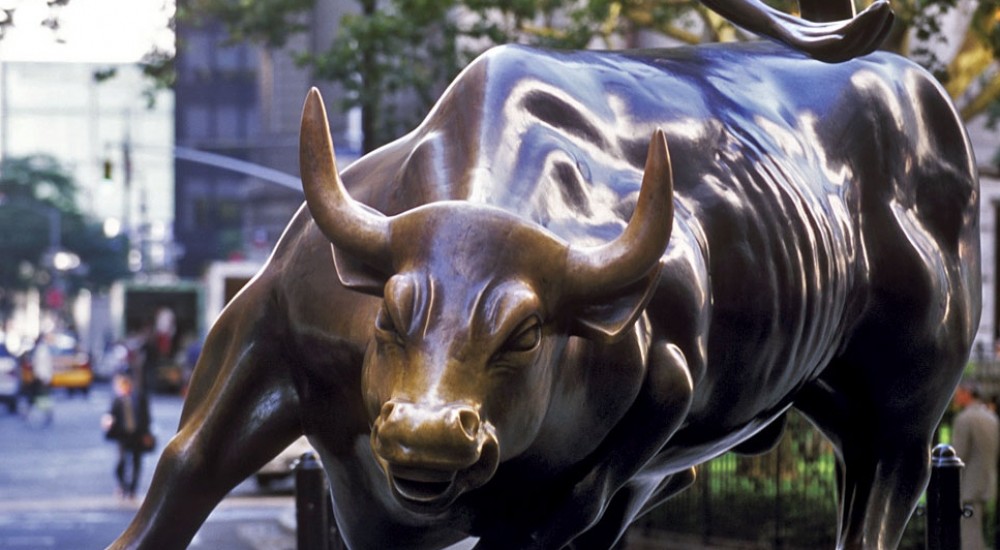Advantages
Allows Countries to Specialise:
- Become more efficient in the production of a specific good maximising their input factors
- Access to economies of scale, this provides incentive to buy goods from a country who is “better” at producing them
Cheaper Products:
- There is usually a gain in consumer surplus, assuming a free trade scenario the imported good would be below the domestic market equilibrium price.
Wider Market for Goods and Services:
- A greater variety of goods and services will be available as a result of trade
- This may allow countries to access products that would otherwise be unavailable
Creation of International Competition:
- Through access to international markets firms are exposed to competition so there is a need to become more efficient, productive, or innovative.
- In theory it should also crowd out bad products, as there is a readily available substitute which may be of a cheaper price and better quality.
Increase in Global Employment:
- There is the entire logistics industry surrounding trade, thereby more trade greater need for logistics
- Additionally, there is the shipping, rail, and aviation that is an integral factor in the movement of resources and goods providing another source of global employment
Builds International Markets & Political Ties:
- This takes the form of trade agreements such as NAFTA, ASEAN, & APTA
- Not only does this provide the structure for trade, but it also ensures a political consensus on the need for trade, and ensuring that it is kept fair.
Disadvantages
Interdependency:
- Countries become dependent on each other for the supply of certain products or services; this can lead to serious economic stability issues if there are supply shocks.
- Furthermore, overdependence can also be established meaning that an economy survives purely on exports of one product or good. An example of this is Cuba when the United States placed export sanctions and restrictions in the 1960s. The U.S. had been the biggest importer of Cuban sugar cane, and without their main importer the economy was left in a fragile state. The Soviet Union rescued the economy, by purchasing all excess Cuban sugar cane.
Over-Specialisation:
- This can lead to certain areas of the economy being underdeveloped. An example common to most developing countries is that they are specialised in agricultural production and then are reliant on Western imports for technology.
- Dutch Disease: this is where natural resources are exploited in favour of maintaining an agricultural and manufacturing industry. Through foreign countries buying the natural resource the currency strengthens and then other exports are no longer competitive. Thus, restricting the economy to be dependent on the natural resource export. In the case of the Netherlands, the discovery of the Groningen gas field in 1959 had led to other Dutch exports to lose any competitive edge.
Exhaust Resources:
- Increasing global demand may lead to the exploitation of resources to the point where the law of diminishing returns is fully enacted, which may eventually cripple the domestic economy. Often the case with agricultural countries with the over-cultivation of land.
Trade Monopoly:
- One country may specialise to the point where others cannot compete, creating a degree of monopoly power in international trade. This may force countries to import goods at an un-competitive price, giving the original producer the entire benefit of trade.


